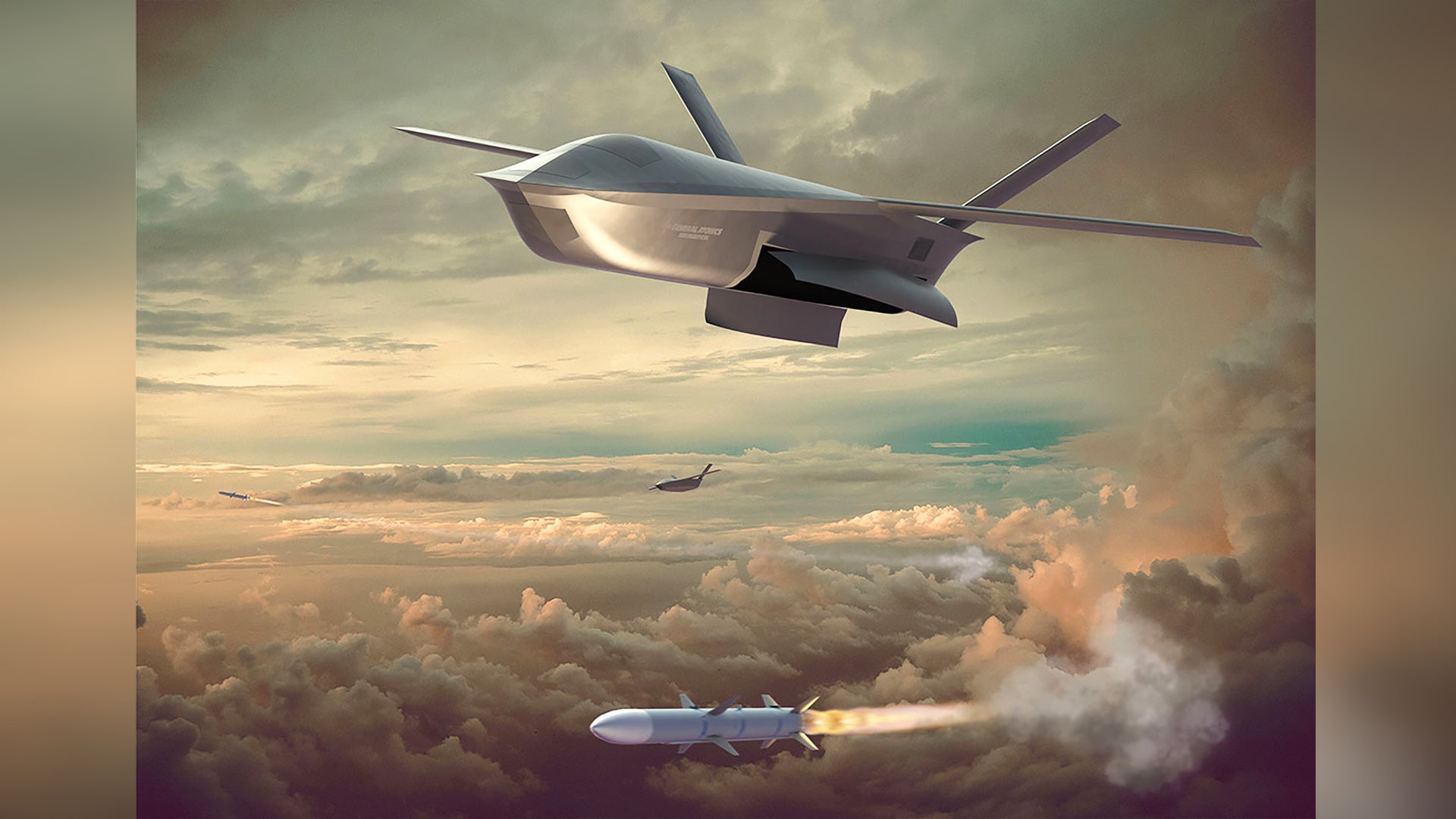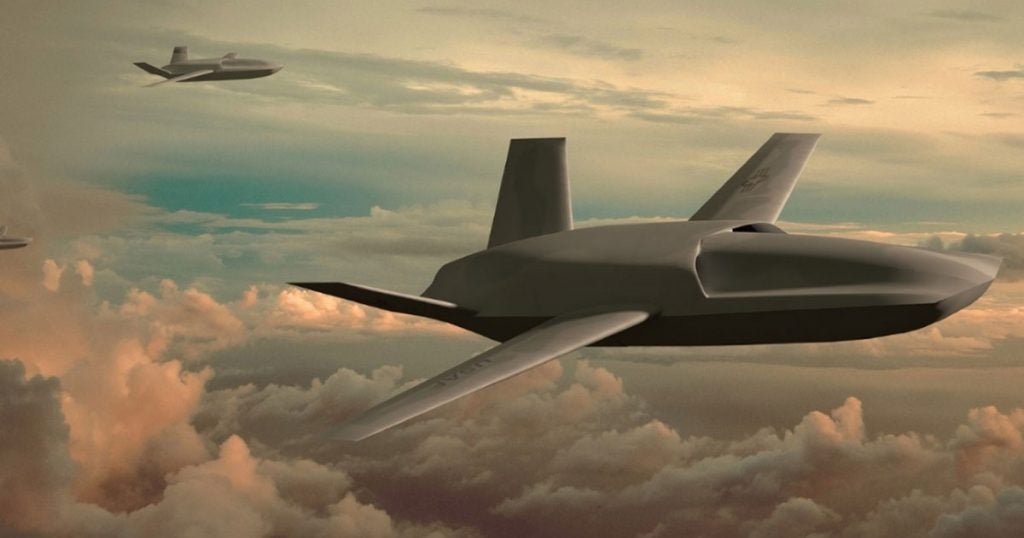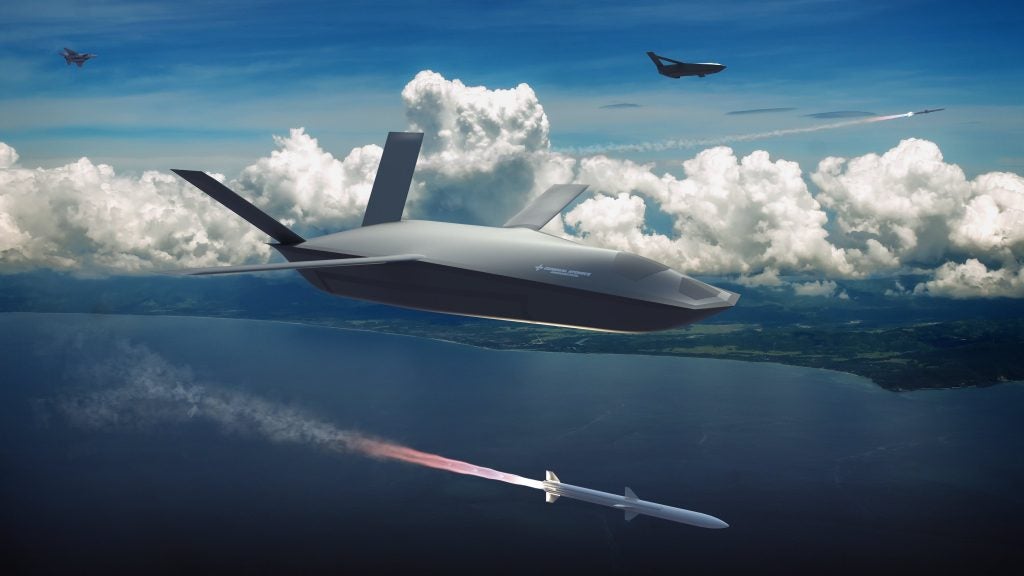General Atomics is now the sole competitor in DARPA’s LongShot Program
General Atomics announced that it is making good progress on DARPA’s LongShot program which seeks to extend the range of air-to-air capabilities. Rather than design longer-range missiles the LongShot program seeks to create an air-launched drone which itself carries current-generation missiles like the AMRAAM or Sidewinder greatly extending their effective range.

LongShot also increases the survivability of the legacy fighter fleet. Currently, 4th generation fighters such as the F-15EX are expected to act as magazines for forward-deployed stealthy 5th generation aircraft like F-35 or F-22 which have limited onboard weapons storage. However, to take shots with weapons like AMRRAM the F-15 must put itself into the engagement envelope of hostile aircraft putting the pilot at risk. If the F-15 could instead launch the LongShot which is built to be expendable then this keeps the pilot safe. In the most recent concept art, an F-15 is specifically displayed, though transport aircraft are also noted as an intended launch platform.
DARPA originally selected Lockheed Martin, Northrop Grumman, and General Atomics Aeronautical Systems (GA-ASI) for Phase 1 of the LongShot program to create preliminary designs. Only GA-ASI was selected to continue onto Phase 2 which will carry the design through a Critical Design Review in early 2023. If the design clears the review it will move on to Phase 3 which will include prototype manufacturing and flight demonstrations in 2024.

So far GA-ASI has already completed wind tunnel tests of the vehicle including air-to-air weapon separation tests. The company has demonstrated a strong competence in the rapid and cost-efficient development of small unmanned systems. Notably, GA-ASI was also selected by the Air Force Research Labs to build a flying prototype of its Off Board Sensing Station (OBSS) entrant. The unarmed OBSS might be the perfect complement to LongShot. A group of forward-deployed OBSS could provide passively tracked targets for LongShots that are launched from F-15s or other aircraft safely in the rear area. The small size of OBSS and LongShot makes them harder to detect and their expendable nature allows for more aggressive behavior. A true hunter-killer team will be a key part of future air dominance.

